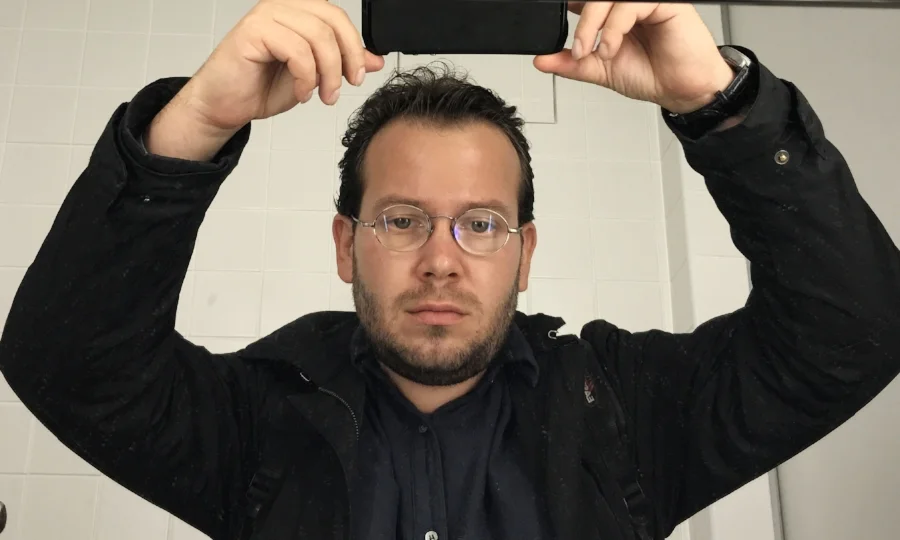Ian Ginsburg, visual artist
Ian is a cryptic young man. Wholly committed to ideas, he turns it into art as a feroce descendant of Russian conceptualists (a movement born in the 70’s in Moscow, aiming to criticize the socialist system using art, ideas and concept as weapons). Though driven by the theoretical, his involvement is also to be found in his personal story. Few years ago, he met Joseph Ginsburg in the street. The old man was homeless and forgotten for years, after having been part of the avant-garde and underground crew back in the 70’s. Ian gave him shelter, lived and worked near him for months, got to know him and was impregnated with his ideas, until Joseph’s death at the age of 77 yo. This demonstrates Ian’s generosity as well as it explains his solitary and disinterested way of working. As well as Tim Parchikov, he is one of those who re read the past to find their identity, who need the layers of art history to be restored in order to build a strong present time. As long as it is not the case, they have a purpose and they can display some contempt for their contemporary art pairs. As such, Ian could be presented as one archetype of Russian artist : theoretically critical about the system, he is committed to his art in a very intellectual and individual carefree way, but still posing in a normcore/uber modern outfit to feed his instagram account. Hey, this is Russia after all !
Tell me who you are. Can you introduce yourself ? How did you became an artist ?
The first 15 years of my life I played tennis and I never thought about being an artist. At university, I studied political sciences and started to write about art in the students newspaper. I was contaminated and somehow I began to make art. After my bachelor, I went to Art school : British School of art and design, then ICA Moscow and Goldsmith as an exchange student. But actually I think that art is about self education : you need to read a lot, do some research about sociology, politics, any topic. So I can tell you where I studied but is not very relevant. After I graduated in 2011, I tried to find a job in art but it wasn’t possible. So I worked during 5 years in a factory, making table cloth from a big roll that i cut out and folded in a packet. It was nice because I worked alone, but very hard because I felt I was losing my time. But I earned some money and I started to make art with this money. Now I am chief librarian, at Momma Education center. It is much better. I have a studio where work during weekends and where I can make exhibition.
Do you feel being part of a generation ?
Even if they say the contrary, Russian artists are better at building hierarchies than communities. It is pretty impossible to talk about Russia because it is too complicated. But let’s say Moscow art community is very splitted. I think we have a very strong social problem. In soviet times, people shared some kinds of ideas, they were pro or against official art. People worked together to support these ideas. But there are no utopian ideas to connect people anymore. Also, I do not hang out with people my age (Ian is 29yo). I prefer talking and working with older artists. They can teach me how to draw, paint, write and share their big experience.
What is your creative process ? How do you innovate ?
Initially, I played with plasticine. It was very inspiring in spite of its ugly colors. Still today, when looking at my art, I think about the feeling of creating with plasticine. Now, I have no media boundaries. Sculpture, photo, installations... : I begin with an idea and decide what I should do. I connect ideas, try to mix media, and when it gets complicated enough I feel it is creating something good and new enough to make a piece. I love to pick a topic a read a lot about it. So my work process can take years… I used to make mood boards, sketchbooks… but I don’t do it anymore. My studio is full of materials, things that I grab from trash as I like to work with things that were already used. This is what may create this vintage style in my work. It was not intentional but I like it, it conveys a time machine effect. In the meantime I know that nobody is willing to have trash installations at home. In fact I don’t think about people, or selling when I work. Is it the same about Instagram. My work does not look good on Instagram. I don’t have time for that because I am fully committed to the process. I understand the digital language, I like its aesthetic, but i am cautious about it. I do art for myself. As long as it is fun for me I don’t need to think about selling. Actually, I am a conceptual artist and conceptualism started as an antagonism to capitalism. But I am not hypocritical about it and my work is shown in a gallery.
Do you feel a social or political responsability ?
We don’t have a lot of Russian modern art books and we don’t have a normal Russian history of art. That is why I work a lot with old materials and try to learn something from it. It is an attempt to fill the blanks and to make people aware of the fact that something is missing and that we need a history of art. With my exhibitions, I share small stories, which are part of the Capital H art history. I see all that as layers. There is no break between past and present times. The past is the foundation of present time. When I work, I chose some layers to explore and to give it some visibility nowadays. For example, I think that Russian art of the 70’s and 80’s had very interesting ideas, which were not clearly exposed. That is why I rework these ideas, show it again in a different way for people to understand it better. I want to give better exposure and understanding to great ideas and art from the past.
Note from the author : This explains a lot about why Ian chose Joseph Ginsburg’surname as a pseudo (his birth name is Ian Tamkovich), as a kind of legacy and fidelity towards him as well as a rehabilitation attempt.
Do you feel like an entrepreneur ?
No. I have no business plan. My only goal is to make my work move forward. Right now I feel like I am warming up. When I look at my work, it could as well be someone’s else. It is a long way to do something that I will really feel like mine. This is my goal, rather than success.

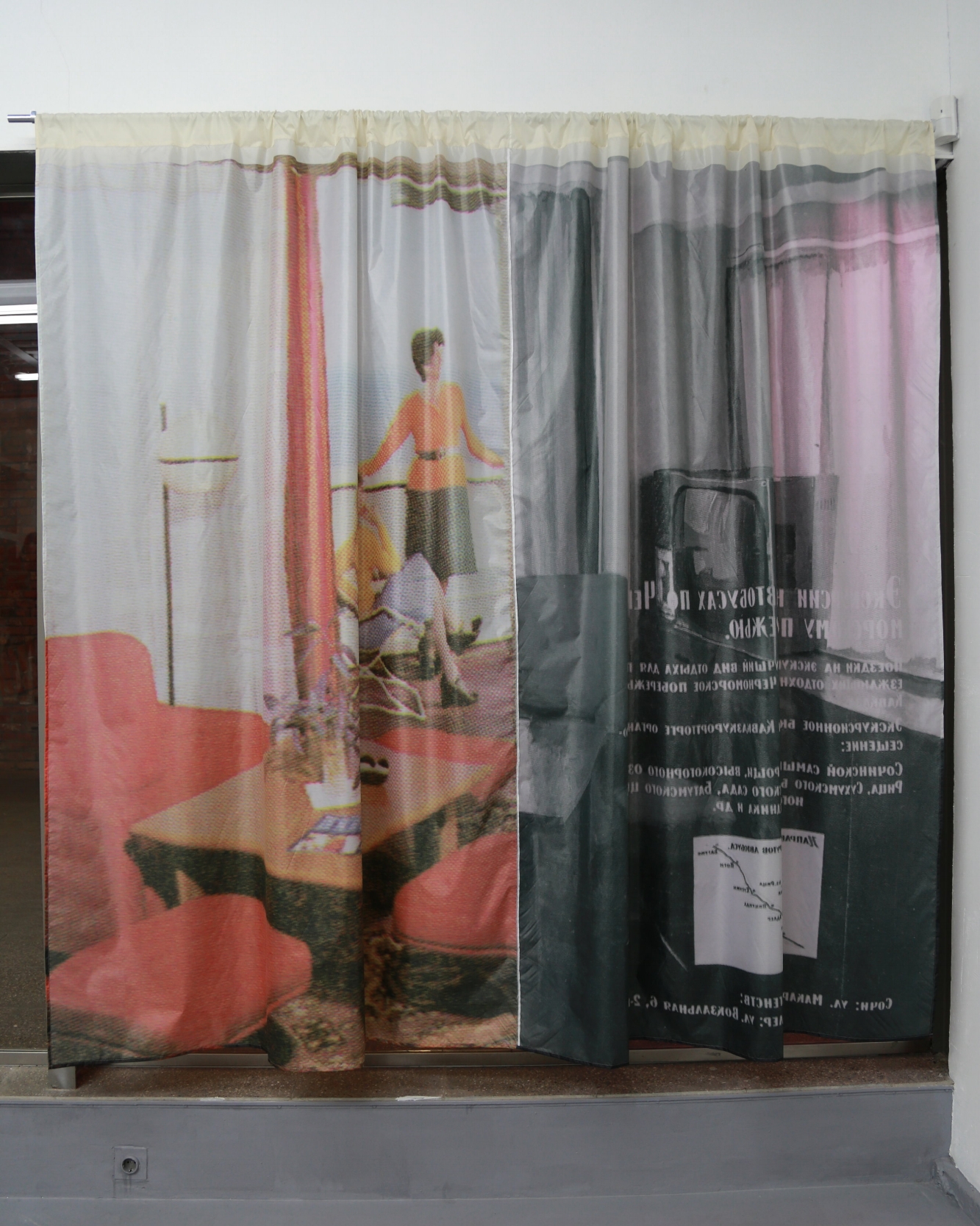
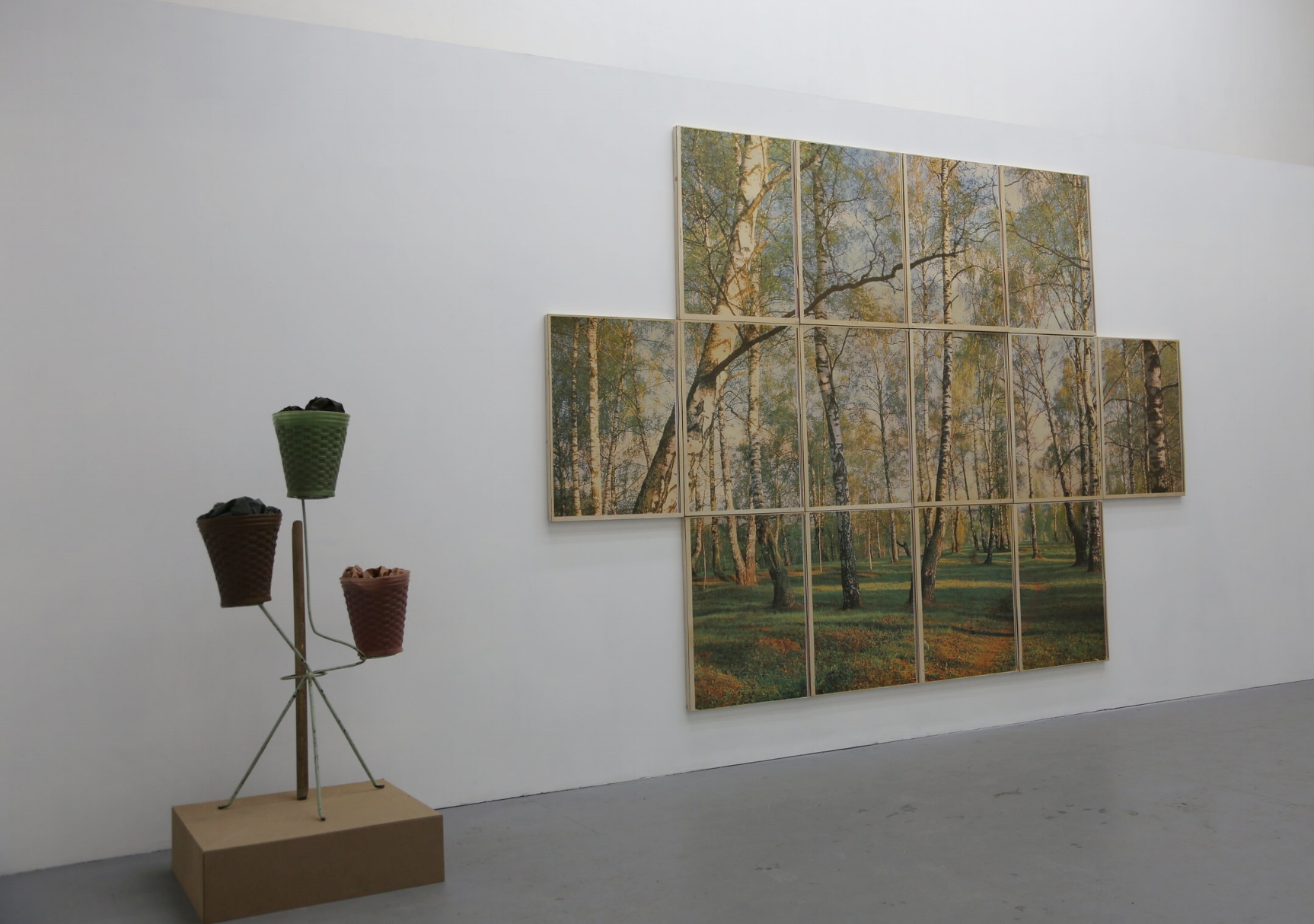
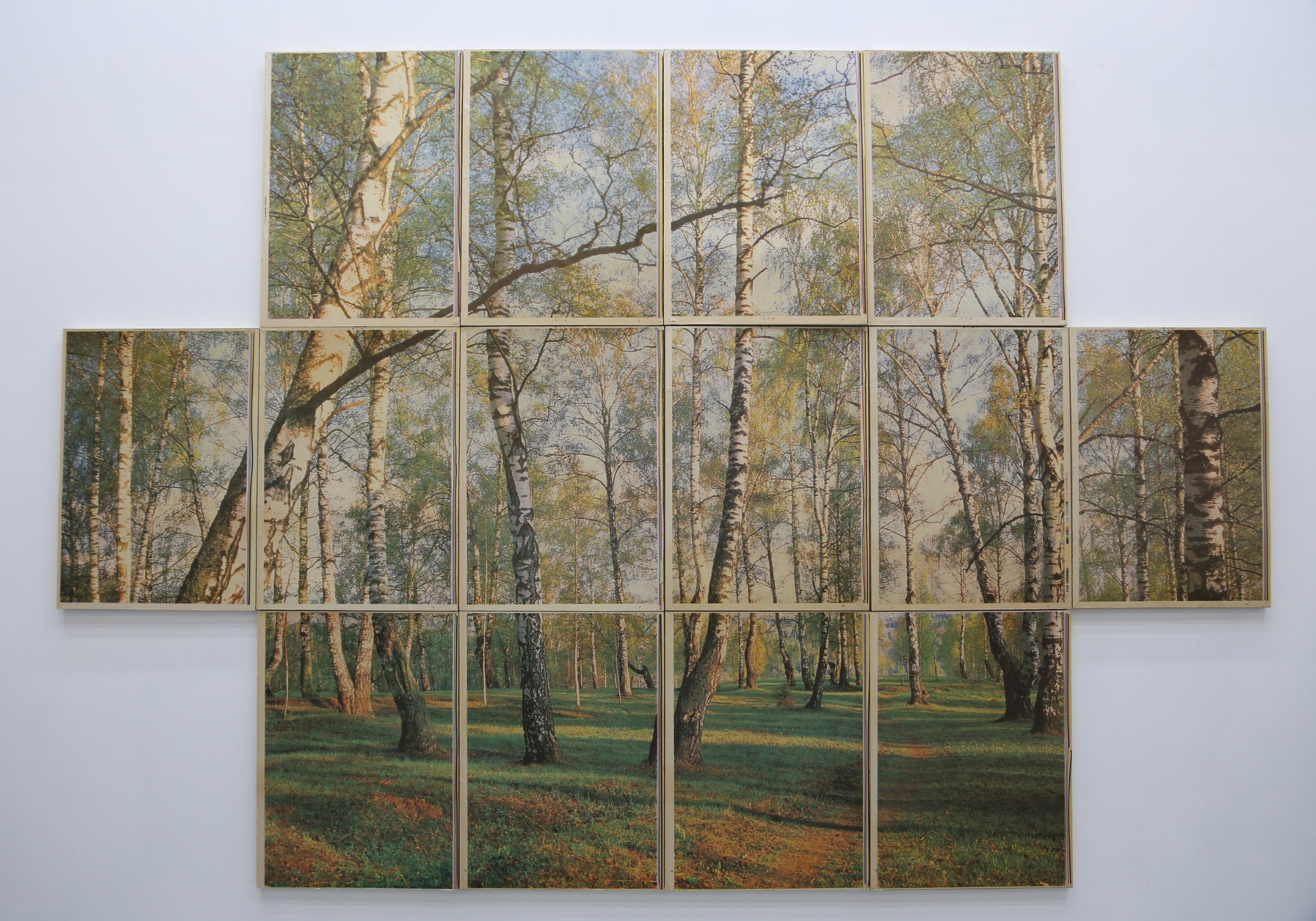
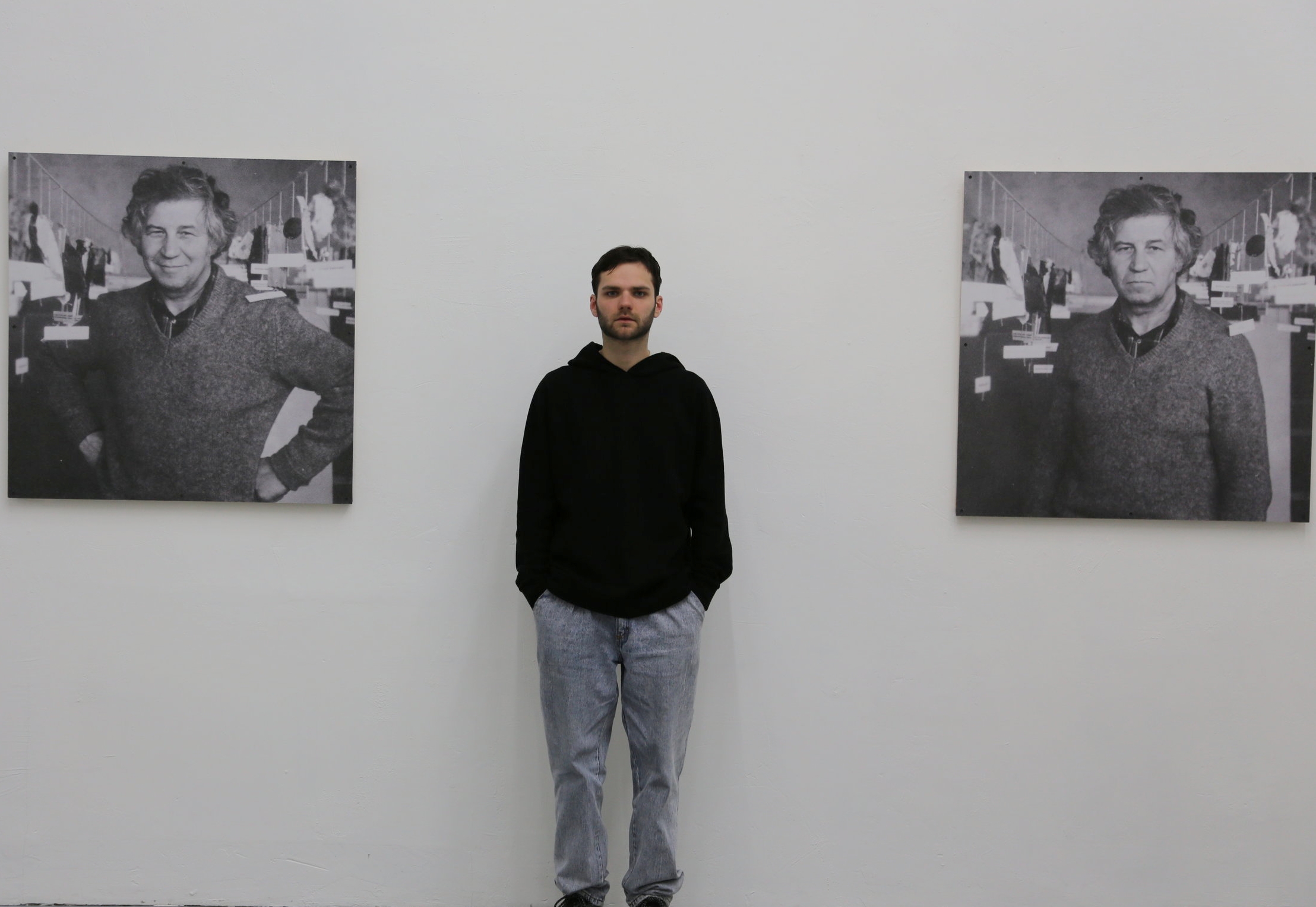
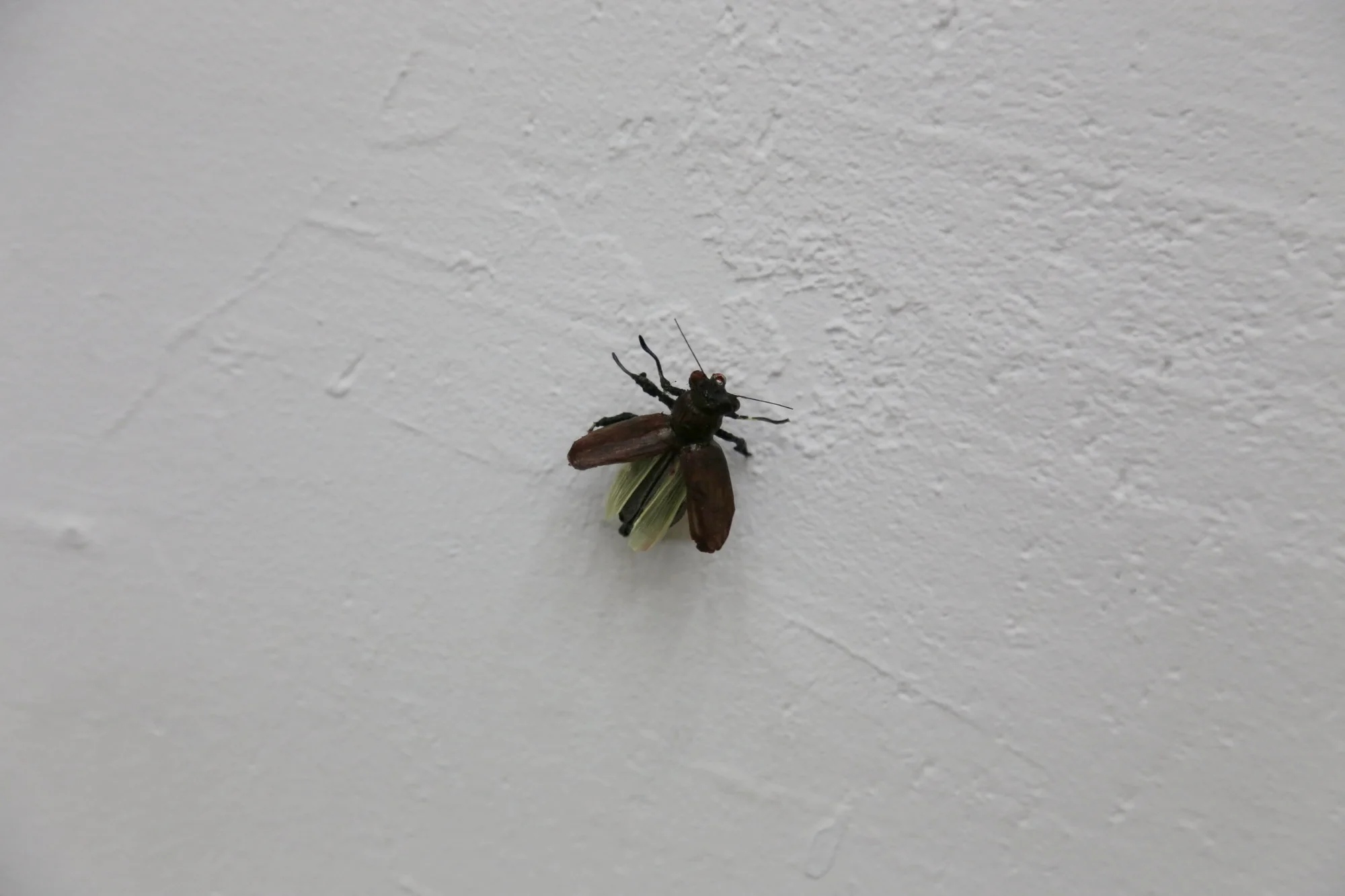
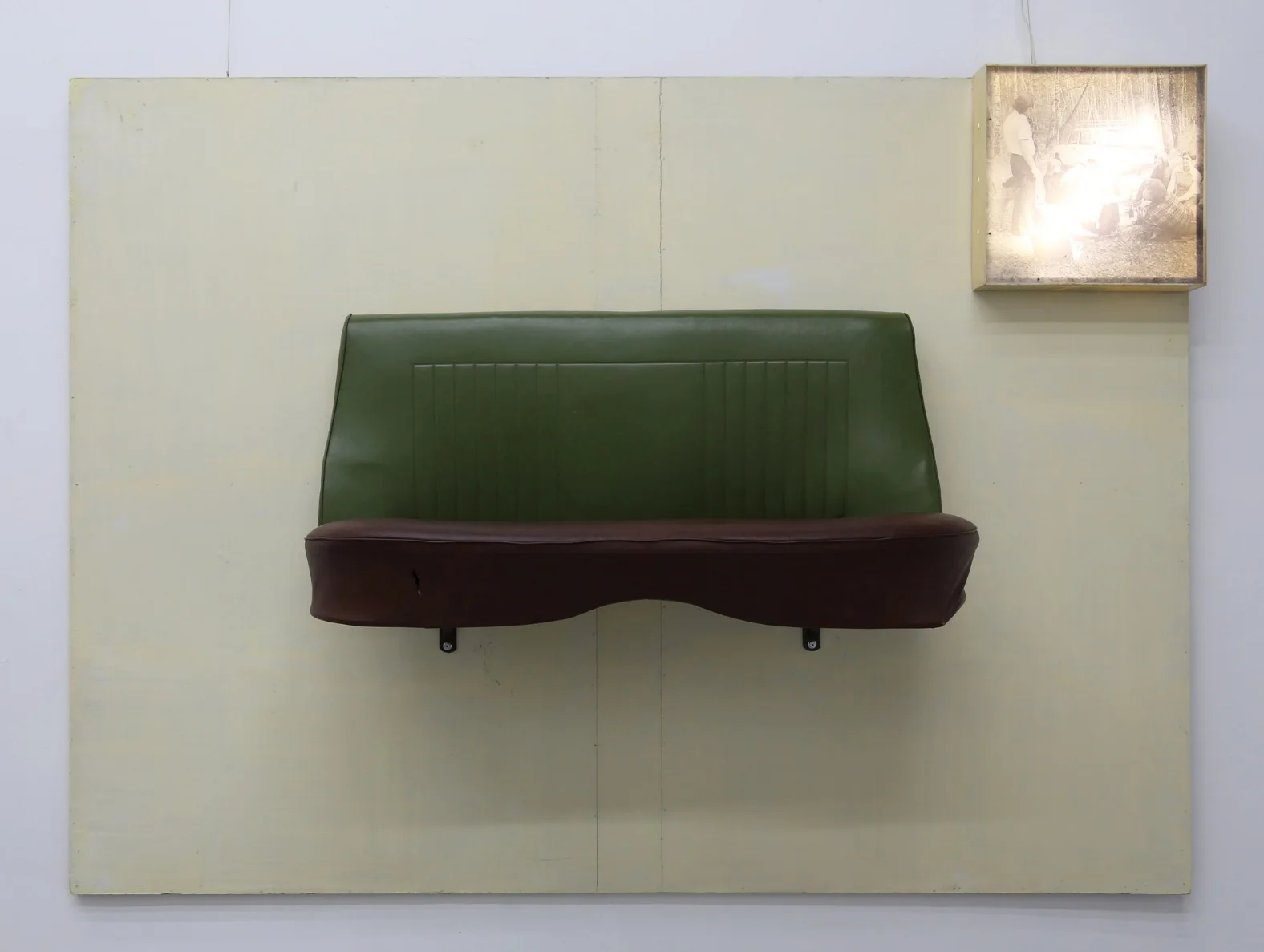
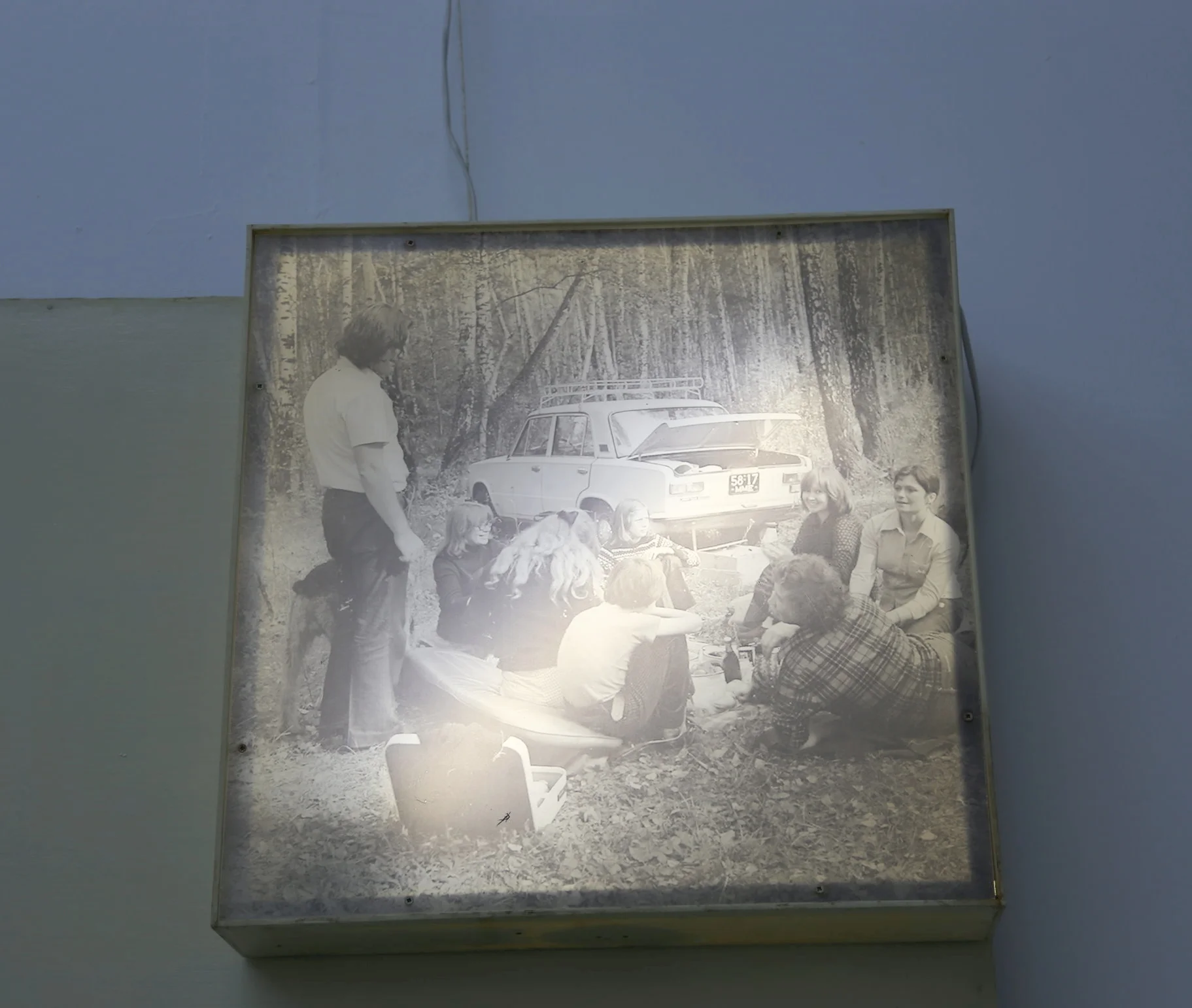

About the show : " This show is the second on three episode. Here, my material are the lives of Jospeh Ginsburg and Ilya Kabakov. I tried to show how Ginsburg could have been a character into one Kabakov's installation. He could be an imaginary person, but he really existed. It also shows how artists in the 70’s lived and survived. I used original wood panels from Ilya Kabakov's studio. When he left USSR to emigrate, he left them and they became yellow. So I used it again to make a new art work."
Follow Ian's adventure on Facebook.
All photos are taken by me.



